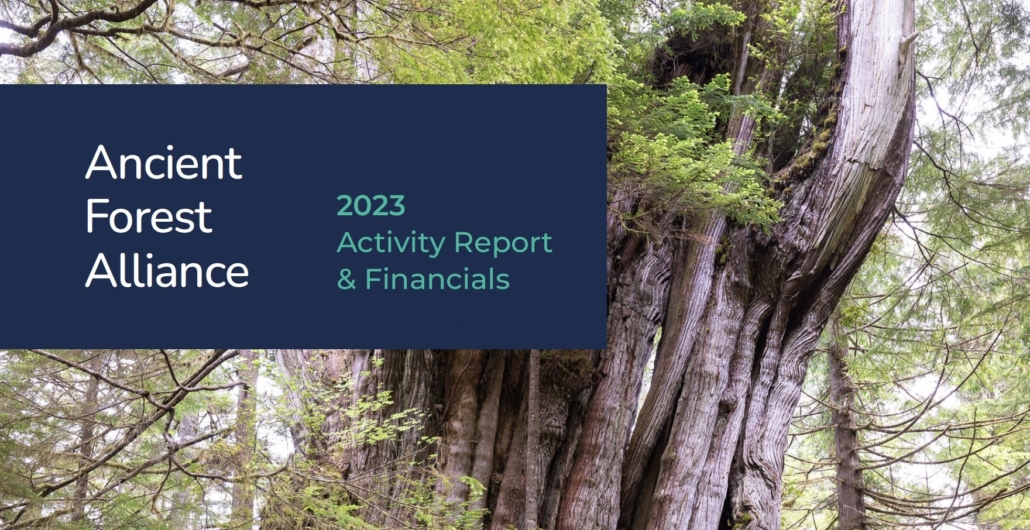
2023 Activity Report & Financials
Since AFA’s inception in 2010, there hasn’t been a year that has seen more progress toward protecting old-growth forests in BC than in 2023. Click and read through our Activity Report & Financials to see how YOU helped contribute to this success and find out what we have in store for 2024.
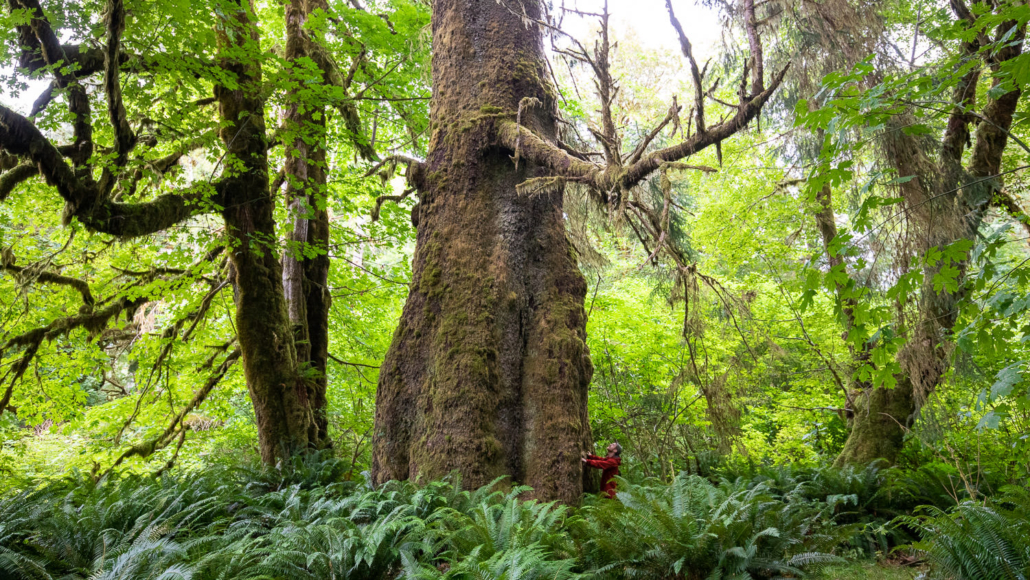
Thank you to these businesses who support AFA month after month!
We wouldn’t be where we are today if it weren’t for our monthly pledges, so we’d like to take a minute to thank the businesses who contribute monthly to the old-growth campaign!
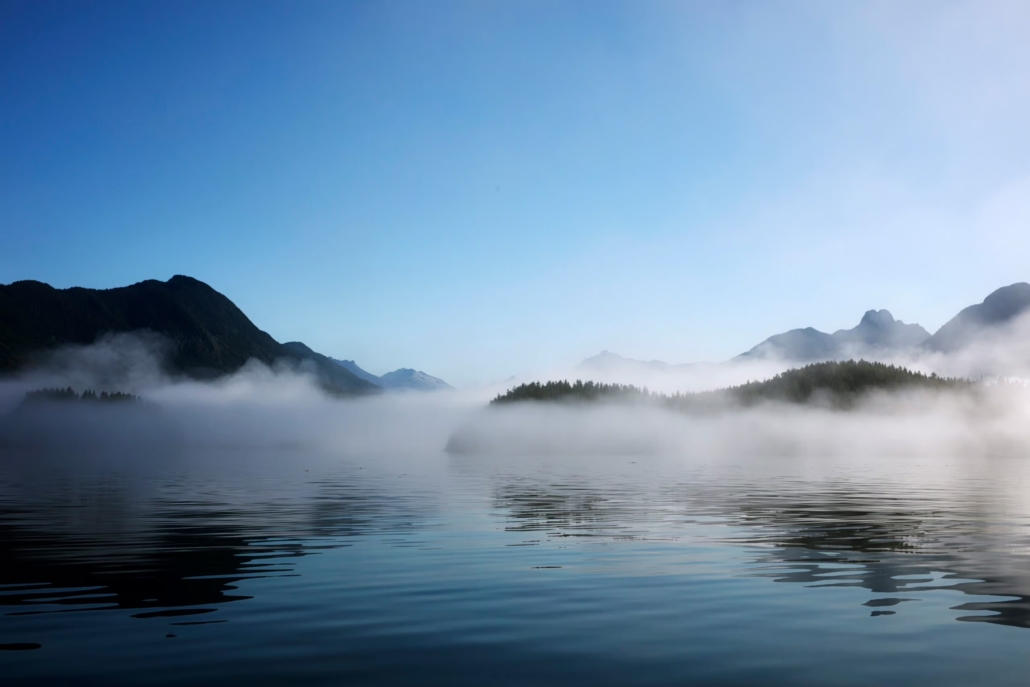
The Narwhal: Over half of Clayoquot Sound’s iconic forests are now protected — here’s how First Nations and BC did it
Ahousaht and Tla-o-qui-aht First Nations and the BC government announced 760 sq km of old-growth forests in Clayoquot Sound are now safeguarded in 10 new conservancies.
Sooke News Mirror: Port Renfrew’s Avatar Grove closure drags on with no end in sight
With Avatar Grove closed since 2022 and unmaintained since 2018, there are many questions as to when the beloved old-growth forest will reopen.
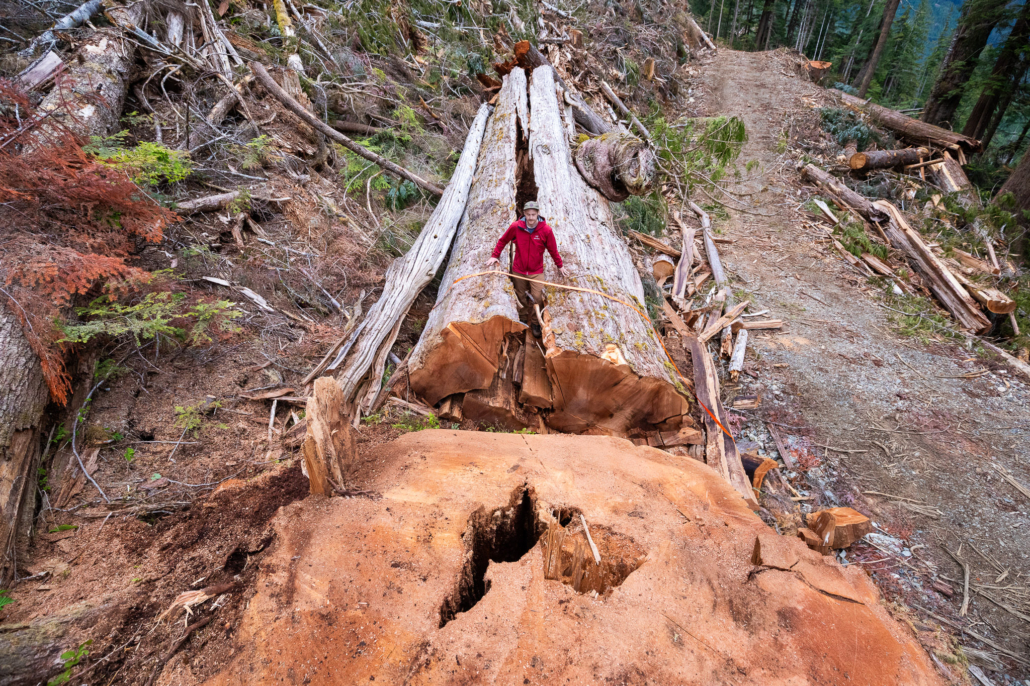
Global News: BC advocates raising alarm due to recent clear-cut on Vancouver Island
See this Global News video coverage featuring Ancient Forest Alliance's recent documentation of old-growth logging in the Nahmint Valley.
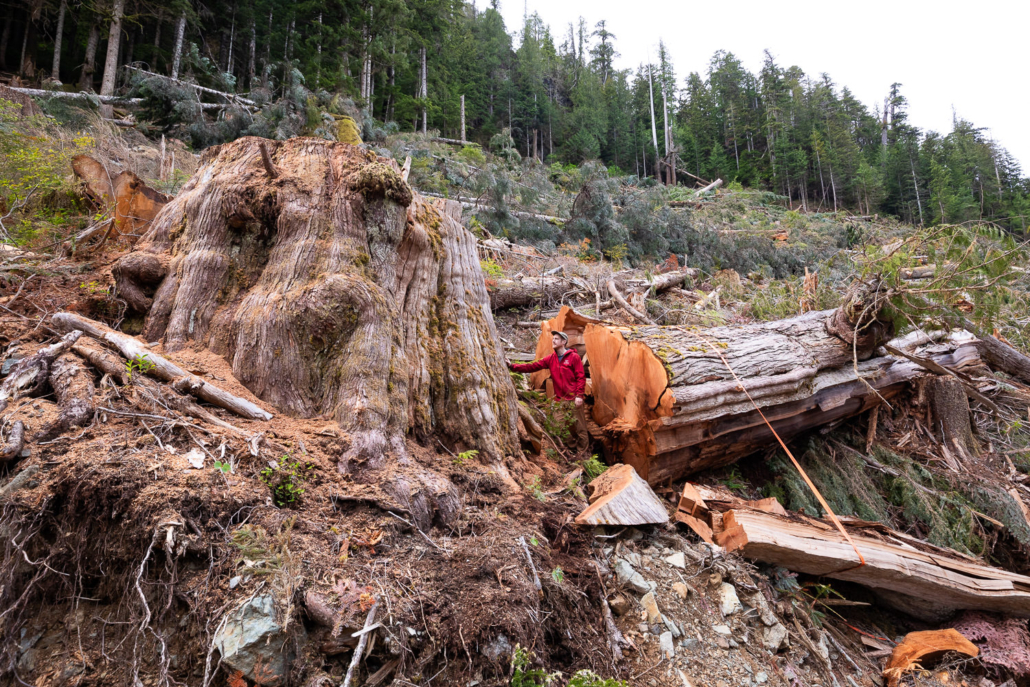
Victoria Buzz: ‘Old-growth carnage’: Activists concerned over clear-cut forest near Port Alberni (PHOTOS)
BC old-growth activists have taken before and after photos of a large area of an ancient grove that was clear-cut on Vancouver Island near Port Alberni in the Nahmint Valley.
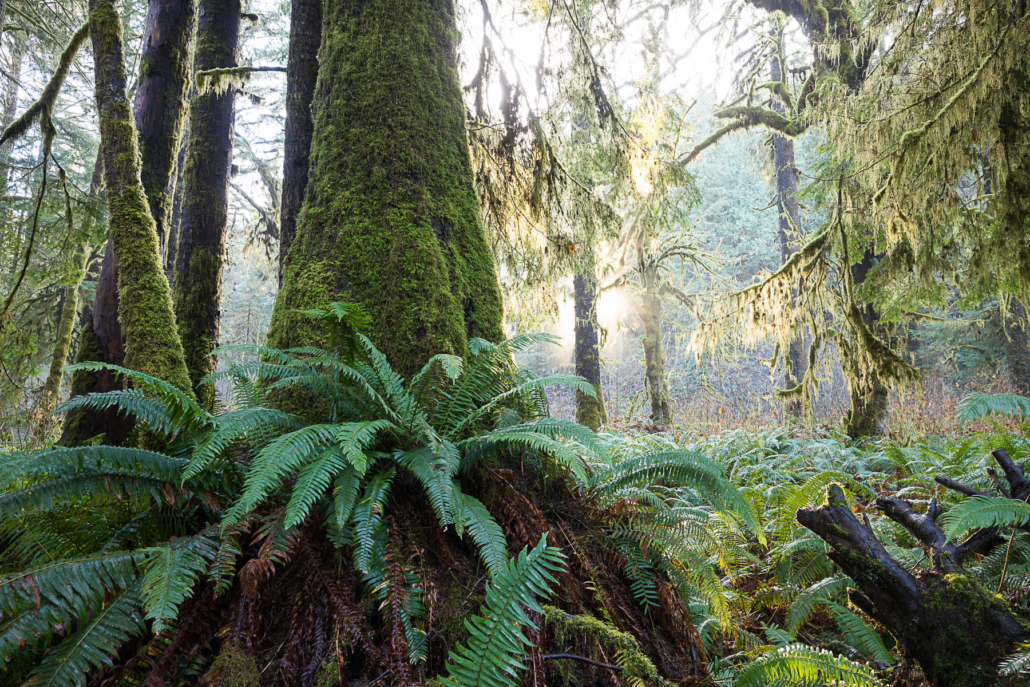
To our recent business supporters: Thank you!
We would like to extend a huge thank you to the following businesses for kindly supporting the old-growth campaign.

Massive Old-Growth Trees Cut in the Nahmint Valley via BC Timber Sales
Shocking photos and drone footage reveal carnage as old-growth trees upwards of 9 feet wide and over 500 years old are logged under the management of BC Timber Sales in the famed Nahmint Valley on Vancouver Island, BC.
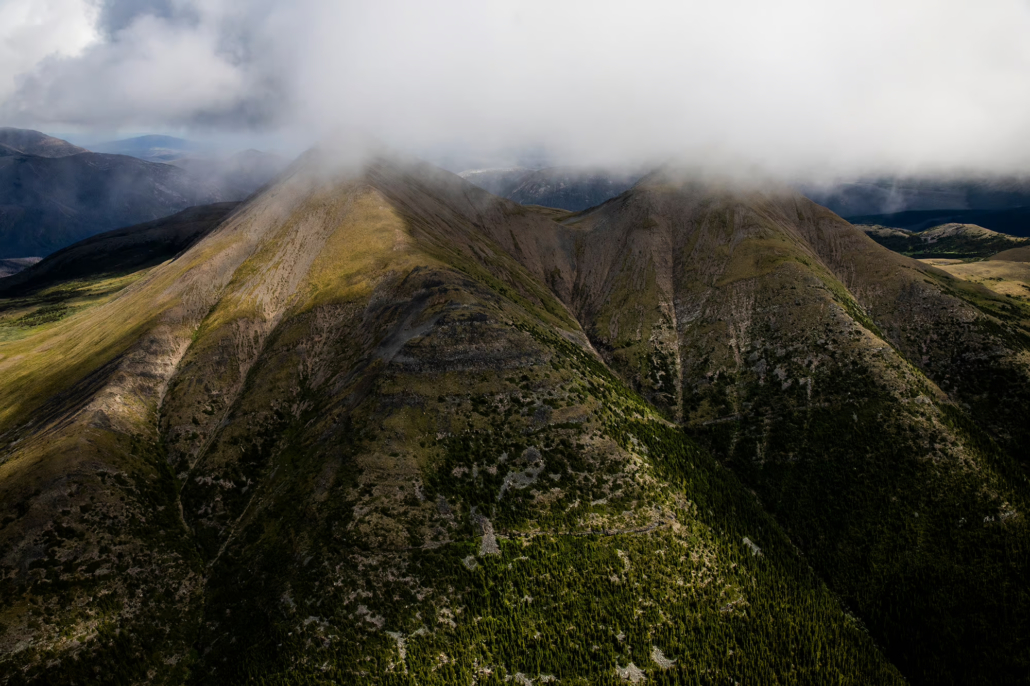
The Narwhal: This new provincial park is the largest created in BC in a decade
A significant stretch of endangered caribou habitat in northeast BC has been permanently protected in the newly expanded Klinse-Za / Twin Sisters Park, First Nations and the BC and federal governments announced today.
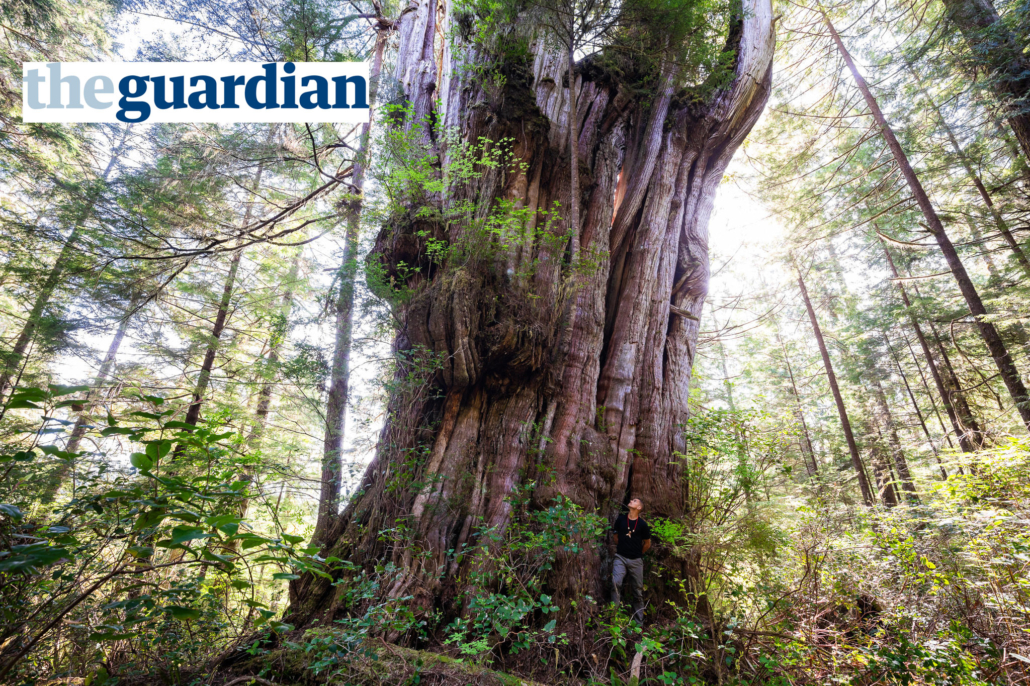
The Guardian: ‘A distressing reality’: our beautiful planet under threat – in pictures
Ancient Forest Alliance photographer TJ Watt's award-winning image of a giant old-growth cedar on Flores Island in Clayoquot Sound was also featured in The Guardian alongside the other winning images from the Earth Photo 2024 contest.
